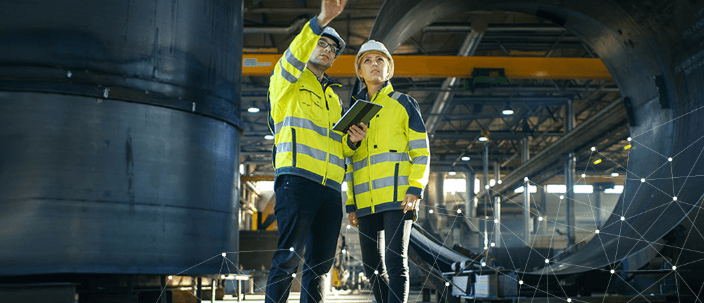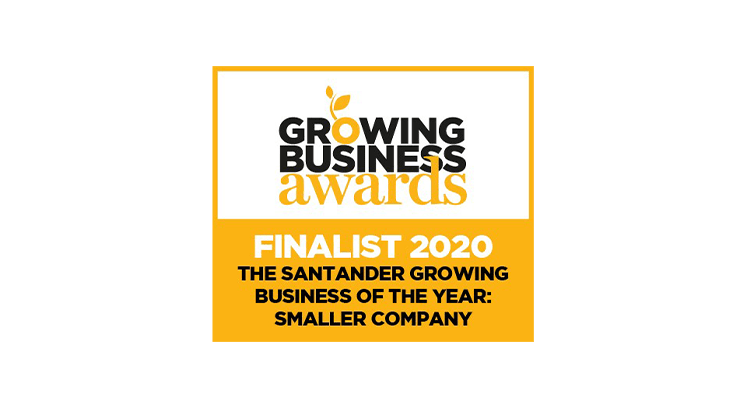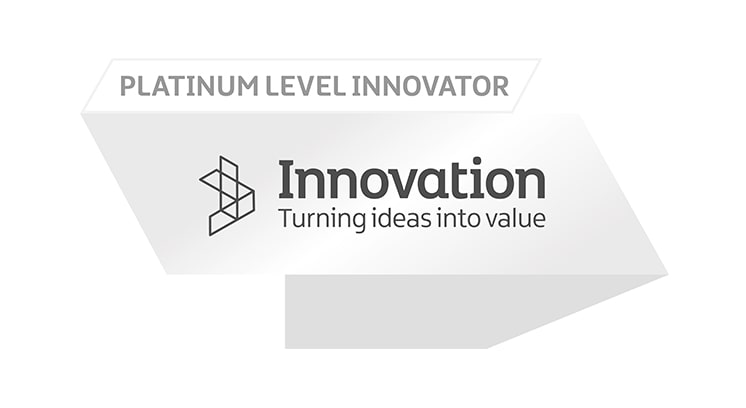At TOTALMOBILE, we provide a workforce management solution built using a platform that is adaptable and scalable to a business’ needs. It focuses on improving all aspects of a worker’s role through mobile working, IoT and scheduling. IoT is an exciting area that is providing transformational ways of working, but how exactly does it improve workforce management? In this blog, we’ll take a detailed look at both IoT and workforce management, before exploring how their connectedness can benefit the workforce.
What is IoT?
According to IoT for All: “the Internet of Things, or “IoT” for short, is about extending the power of the internet beyond computers and smartphones to a whole range of other things, processes and environments. Those “connected” things are used to gather information, send information back, or both.”
But in its simplest form it is, “the concept of basically connecting any device with an on and off switch to the Internet.” (Forbes)
IoT offers a unique opportunity to strategically utilise the internet to improve our lives, you may already have connected appliances at home that trigger certain actions, such as turning the thermostat up or down once it reaches a certain level. Applying this logic to the workforce is the next step. IoT utilises sensors to monitor a wide range of events, absorbing data like temperature, movement and moisture, to name a few possibilities. Organisations can use this data to ensure that their workforce are doing the tasks that need to be completed when they need to be done.
What is Workforce Management?
Mobile working describes those who are largely based in the field, their work could be anything from cleaning, to housing repairs or a community nurse. They find themselves dealing with multiple jobs or visits throughout the day and each contains a lot of information and administration to be completed and uploaded. This is often a manual process, resulting in physical paper records that have to be taken to and from the office, and hand written notes that can result in human error.
However, workforce management presents a digital solution that allows employees to access and input information, collaborate on projects, and stay in contact with colleagues, all via one mobile device, wherever they may be. Utilising a mobile application to access information about their daily schedule and record information improves compliance and consistency, allowing them to focus on the task at hand rather than filling out paperwork or having to return to the office to re-type notes.
What is the Value of Connectedness?
How can workforce management be enhanced to provide a more connected service for both employees and the customer? The answer is IoT, by utilising a platform that connects with sensors to detect and monitor events and translate the data into valuable insights and required actions, the workforce gains greater visibility. Take for example a cleaning scenario for a facilities management company based within an office block, with Wi-Fi enabled sensors placed on each floor, specific meeting rooms and bathrooms, they monitor footfall so that when one of the meeting rooms is in use, it triggers a job to be created for someone to clean and service the room.
Within the bathroom, sensors within the bin can detect when it is too full, or a sensor can detect when too much moisture is in the air, indicating a possible leak. These sensors can ensure that workforce time is used effectively, that their time is spent doing tasks that actually need to be completed. The data gathered can be used to make informed business decisions, how many staff are needed in particular areas, ensuring efficient deployment of staff and increasing capacity for all.
Together, IoT and workforce management provides the opportunity for a level of visibility that connects data and people together to ensure effective deployment of staff and improved service delivery for all.
Every business is unique, with its own challenges but IoT offers the flexibility to develop a solution that resolves your specific requirements. IoT will continue to grow and transform how we work; now is the time to implement an IoT strategy alongside workforce management. Chat to our team today to kickstart your digital transformation.
- Patient On-boarding and 3-way Authentication – All patients must go through a 3-step onboarding process that secures the retrieving and sending of personal data, ensuring the patient is accessing their data while securing the app on their phone.
- Online and offline working – Even when there is no network connectivity available, the patient will be able to view information which was previously retrieved from RiO and stored on their device, while also being able to record new mood information
- View and record their daily mood – Patients can view & record their mood at any time throughout the day. They have three choices (Sad, Meh, Happy)
-
View their agreed Safety Plan – Patients can access their personal safety plan which they have devised with their health care professional
- View key contacts so they can reach out as needed – patients will be able to access and view a list of pre-configured contacts which have been defined in Rio by the Trust, e.g Samaritans, NHS 111
- Set mood reminders – Patients can set up to 3 reminders per day to encourage mood recording. Patients can also snooze reminders for up to 72hrs
- For more information contact Totalmobile on 02890 330111 or alternatively at info@totalmbile.co.uk







